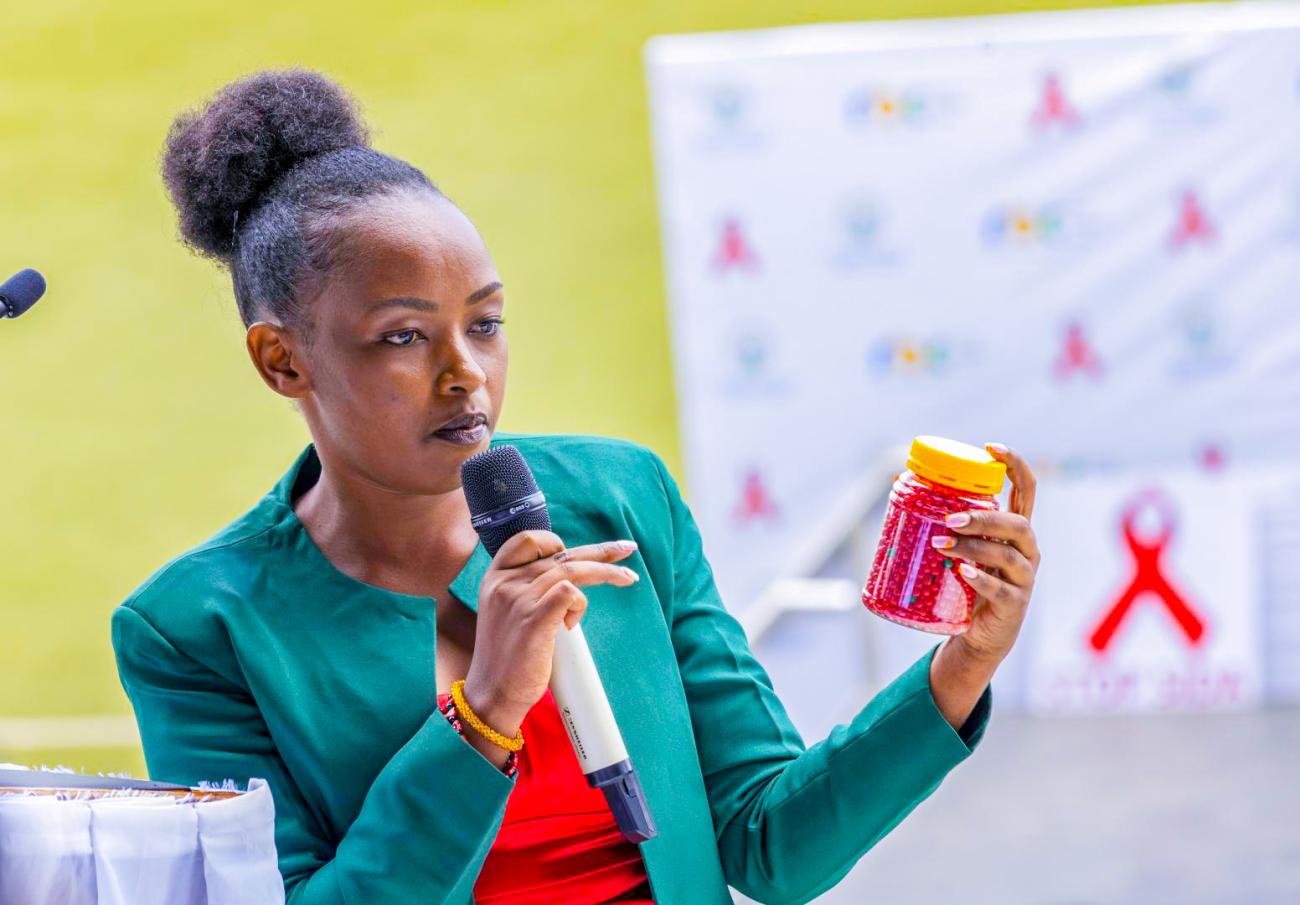Charlene Byukusenge is 28 years old, and she was born with HIV. She found out that she was positive at 9 years of age, a harsh reality that would change her life forever.
She had been carrying HIV since birth, transmitted to her and her younger sister by her mother before her untimely death. In the early 1990s, there were no Prevention of Mother-to-Child Transmission (PMTCT) services, and HIV/AIDS awareness was practically non-existent.
Due to the stigma surrounding the virus at the time, Charlene's close family members abandoned her. Tragically, her father had also passed away in the 1994 Genocide against the Tutsi, leaving the sisters to fend for themselves. As a result, she went from being a normal kid to being "that orphan with HIV."
"At school, students would shun me while teachers favoured me as they thought I was dying. Even nurses illtreated me because they did not understand," Charlene recalls the stigma surrounding HIV when she was growing up.
However, since 2005, the Ministry of Health in Rwanda has worked to combat this by updating HIV guidelines every two years. The reforms included age-specific counselling and training for healthcare providers and vigorous media campaigns like "STOP SIDA" (stop AIDS) to increase understanding of the disease in the communities.
Today, Charlene is an activist, who has not only learnt how to navigate her life, love, school, and work aspects, but uses her story to educate fellow young people about HIV, voluntary testing, taking medications and being honest to declare their HIV status in relationships. She uses YouTube to share her story and educate her fellow young people. This is a link to her channel
Charlene has triumphed over HIV discrimination, becoming a successful solar electrical engineer. Through the support of the Rwandan government and the UN, Charlene's story showcases the power of collaboration in improving the lives of those living with HIV and the importance of access to tailored regimens, counselling, and friendly service delivery for those affected by the virus.


